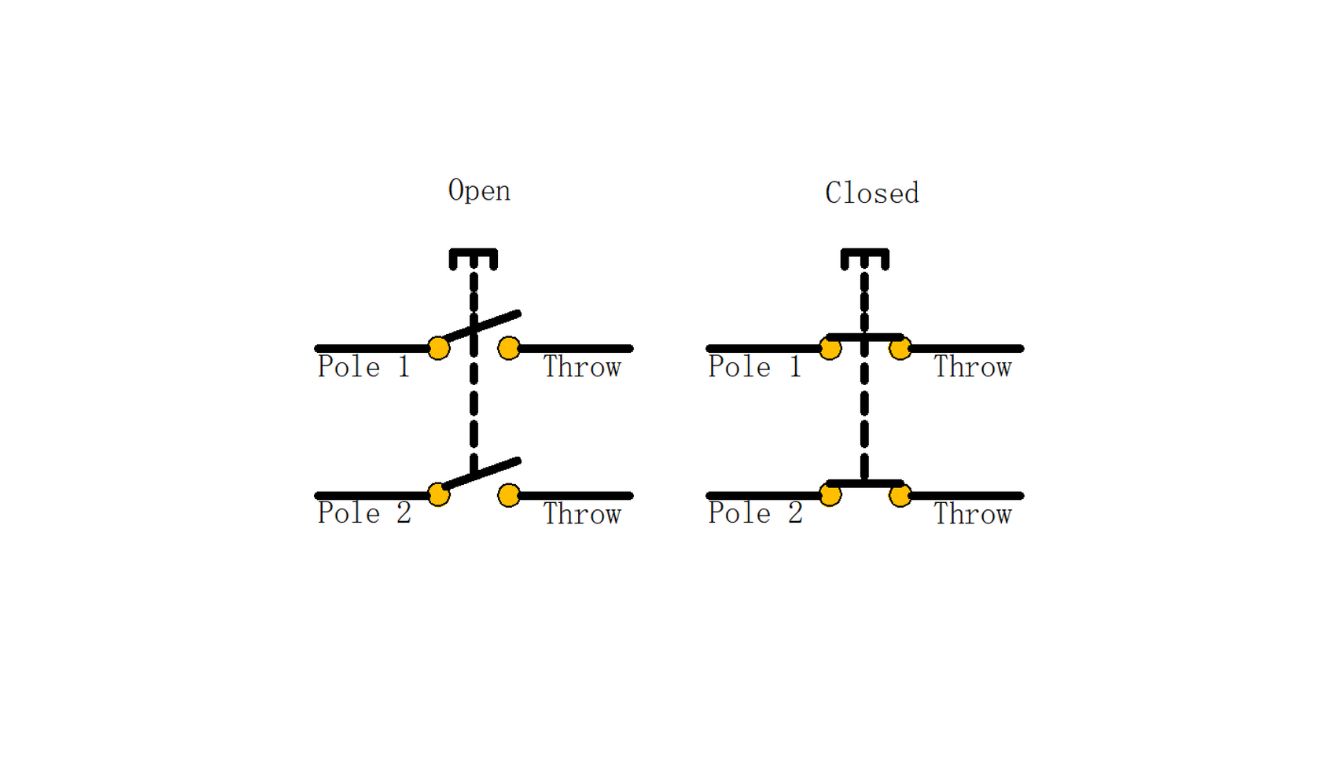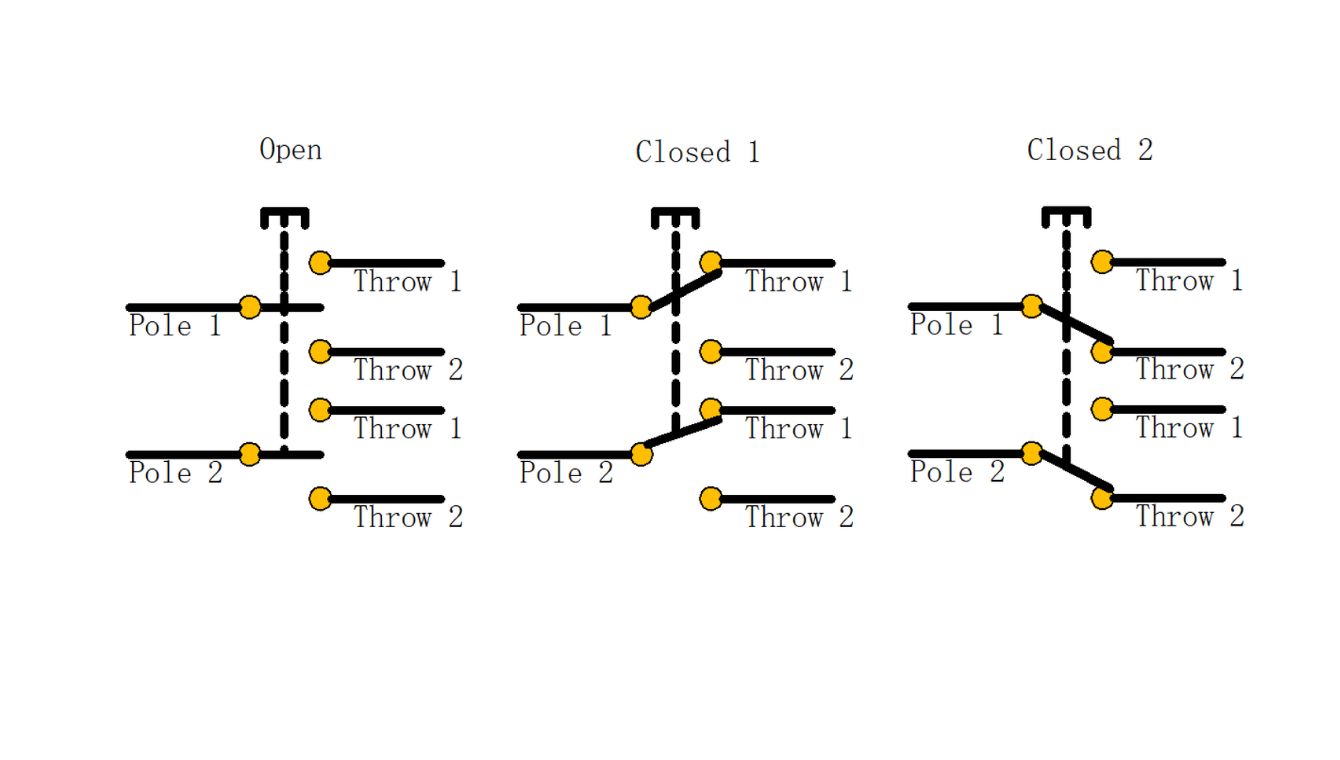What is Single Pole Double Throw Switch?
A Single Pole Double Throw (SPDT) switch is an electrical switch with one input (pole) and two outputs (throws). It allows a single circuit to be connected to one of two circuits, enabling control between two different paths.

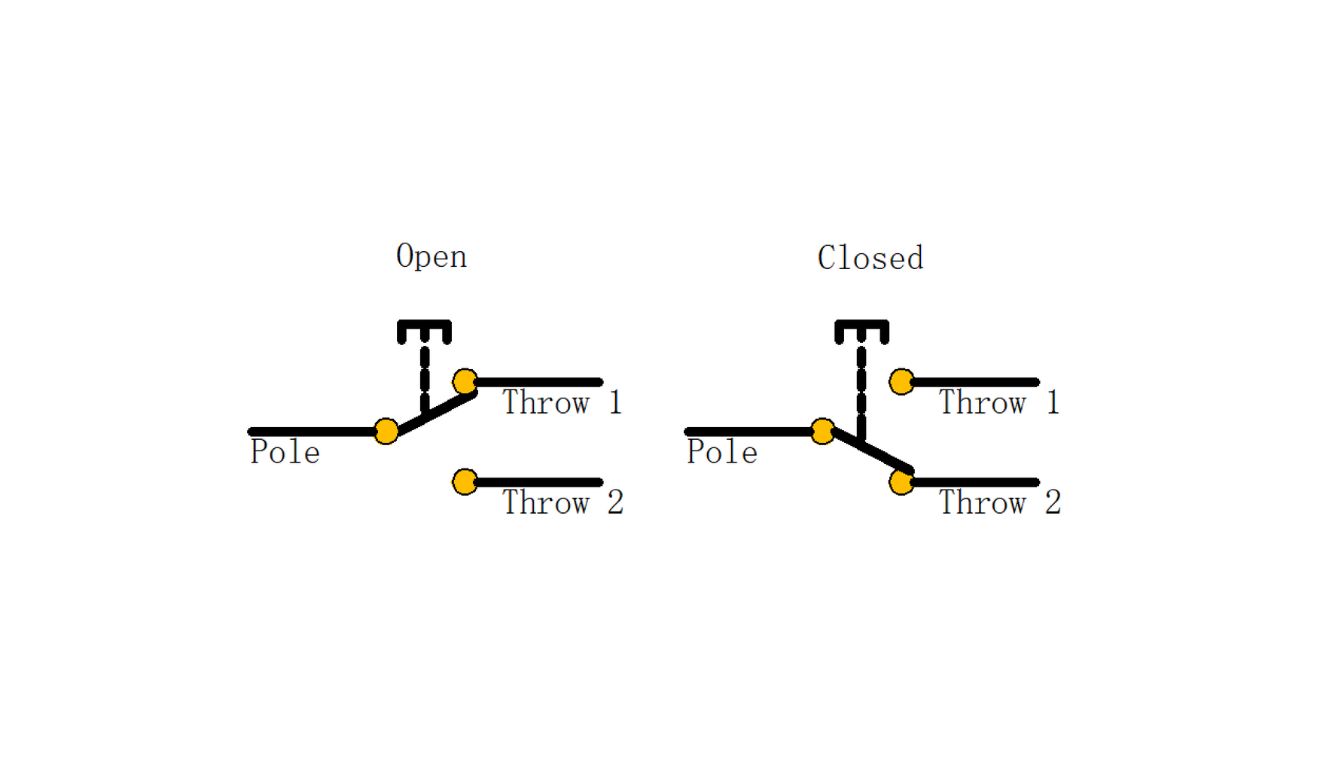
Single Pole Double Throw Switch Symbol
A Single Pole Double Throw (SPDT) switch is an electrical switch with one input and two outputs, allowing a single circuit to connect to either of two paths. Its symbol shows one common terminal connected to two alternative terminals via a movable contact.
Single Pole Double Throw Switch Diagram
A Single Pole Double Throw (SPDT) switch has one input (pole) and can connect to one of two outputs (throws). It’s used to route a signal to one of two destinations. The switch has three terminals: one common (C), one normally open (NO), and one normally closed (NC). In one position, the common connects to NO; in the other position, it connects to NC.
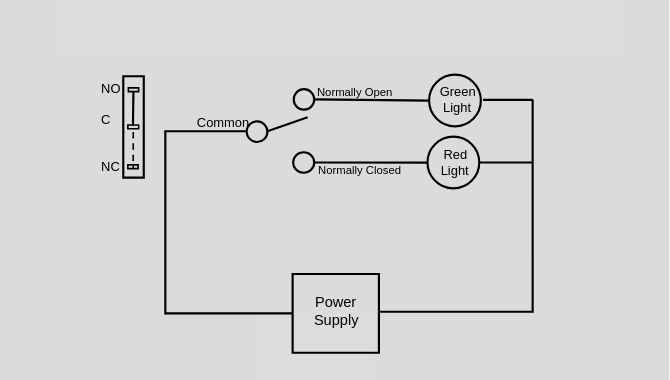

How to Wire a Single Pole Double Throw Switch?
A Single Pole Double Throw (SPDT) switch has three terminals: one common (C), one normally open (NO), and one normally closed (NC). It routes a single input to one of two outputs.
Wiring Steps:
- Connect the power source to the common terminal (C).
- Connect the device you want to control to the normally open (NO) terminal.
- Optionally, connect another device to the normally closed (NC) terminal.
SPDT Toggle Switch for Lamp
Our SPDT toggle switch is designed for lamp applications, allowing easy switching between circuits. Manufactured in China, it features high durability, precise control, and a sleek design. Our switches undergo rigorous quality checks, ensuring reliability and longevity. With competitive pricing and customizable options, our products meet diverse customer needs. Click to explore our premium switches!
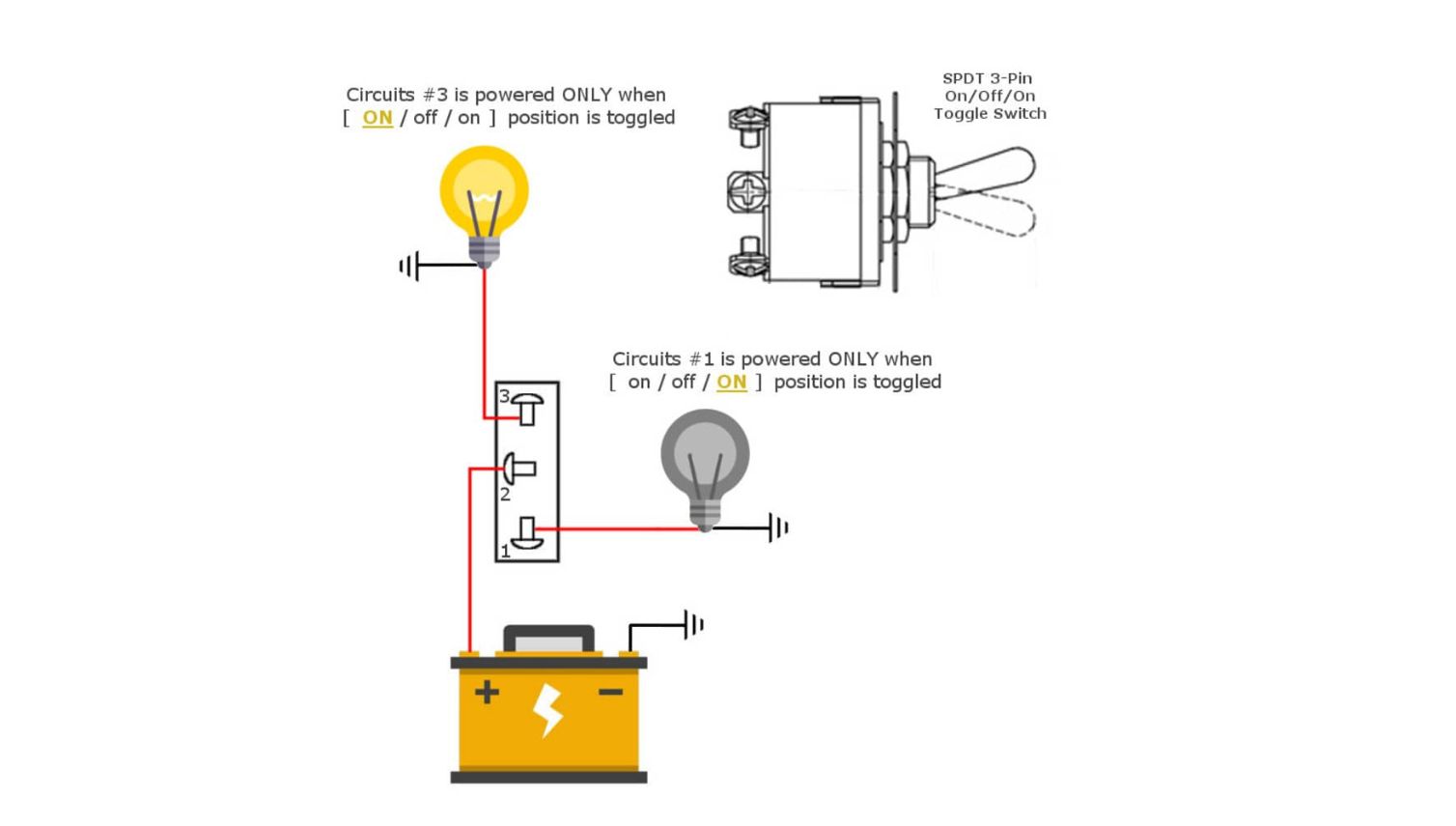
SPDT VS SPST

- Has one input and two outputs.
- Can connect the input to one of the two outputs, switching between them.
- Used for switching between two circuits.

- Has one input and one output.
- Simply connects or disconnects the circuit.
- Used as an on/off switch.
Various types of switches
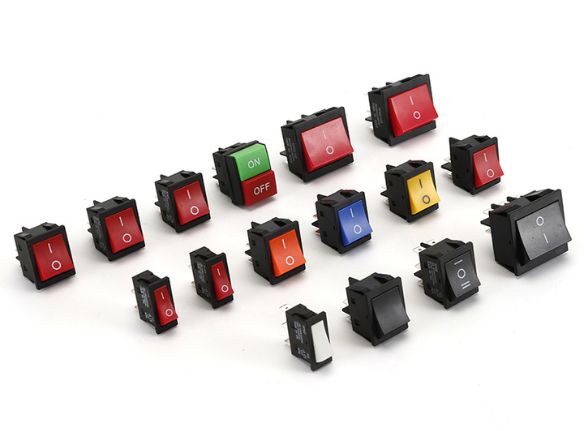
Single Pole Double Throw Rocker Switches from top manufacturers in China. Check price, specs, and reliable suppliers for quality switches at competitive rates.

Single Pole Double Throw Marine Rocker Switch from top manufacturers in China. Get the best price, quality, and fast shipping. Ideal for marine applications.
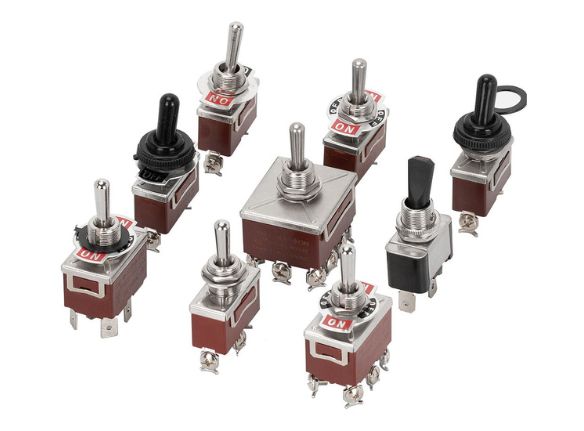
Single Pole Double Throw Toggle Switch: Find top manufacturers in China, competitive price, high quality. Ideal for various applications. Request a quote today!
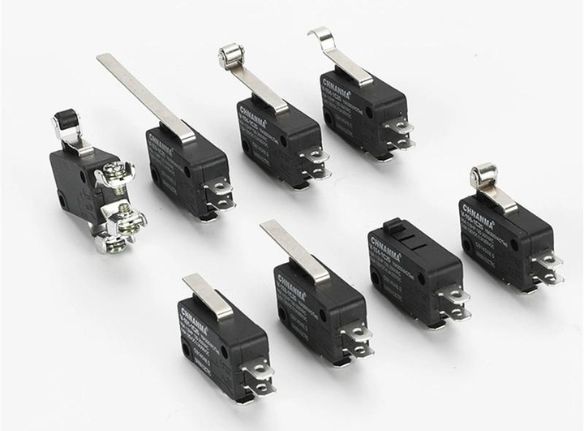
Single Pole Double Throw Micro Switch: Find top manufacturers in China, competitive price, and high quality. Ideal for various applications. Get quotes now!
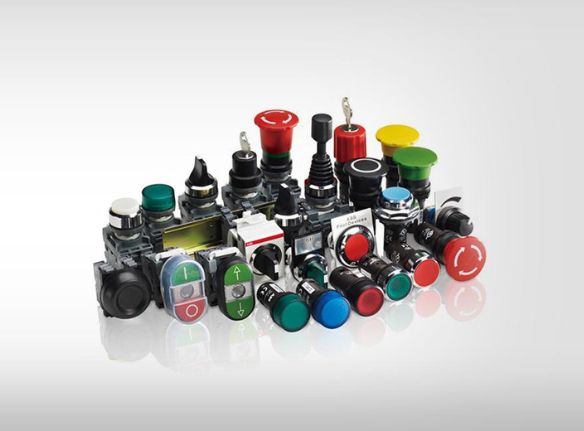
Single pole double throw push button switch from manufacturers in China. Get the best price, quality selection, and fast delivery for your electronic projects.




